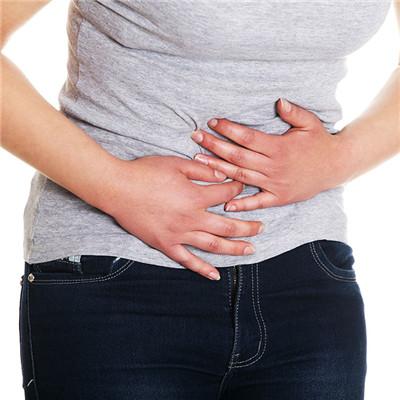Symptoms of acute attack of chronic lead poisoning
summary
Chronic lead poisoning is a kind of non communicable disease caused by cumulative absorption of lead. Typical symptomatic lead poisoning in children is not common. Although most children have no signs of brain lesions, there are persistent behavioral and cognitive problems, which seriously affect their health and learning. When the symptoms were irritability, loss of appetite, personality change, abdominal colic, the blood lead content was generally 50 μ G / dl, which is a serious lead poisoning.
Symptoms of acute attack of chronic lead poisoning
Neurasthenia is one of the early and common symptoms of lead poisoning. It is manifested as dizziness, headache, general weakness, memory loss, sleep disorder, dreaminess, etc. among them, dizziness and general weakness are the most obvious, but they are generally mild and belong to functional symptoms. There are still many early lead poisoning.

Encephalopathy is the most serious lead poisoning. The symptoms include headache, nausea, vomiting, high fever, irritability, convulsion, drowsiness, mental disorder, coma, etc., similar to epilepsy, meningitis, brain edema or local brain damage syndrome.

Multiple peripheral neuritis can be divided into sensory type, motor type and mixed type. The sensory type showed numbness of extremities and glove and sock type sensory disturbance of extremities. The performance of exercise type is myasthenia, wrist drop, foot drop.

matters needing attention
Abdominal colic is a sudden attack, mostly around the umbilicus, with persistent pain and paroxysmal aggravation. Each attack lasts from a few minutes to several hours. Because of severe pain, often bent knees, restless, hands on the abdomen to reduce pain. At the same time, pale, cold sweat, vomiting. During the examination, the abdomen was flat and soft, with mild tenderness, no fixed tenderness point, reduced bowel sounds, and often accompanied by temporary elevation of blood pressure and fundus artery spasm.















